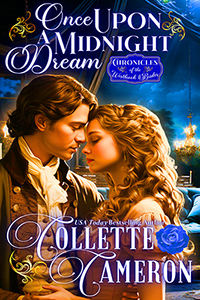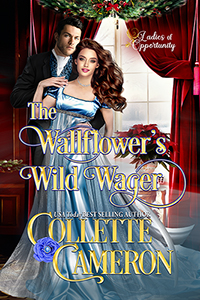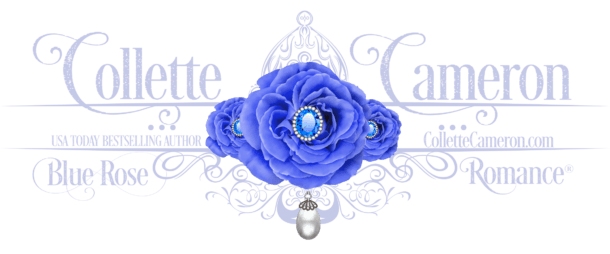| Coach and Four or Stage Coach Image courtesy of Wikimedia Commons |
Yesterday I was researching carriage lamps.
Flynn and Angeline from the first book in The Highland Heather Romancing a Scot Series are on their way to London as dusk begins to fall.
It’s not the first evening carriage ride some of my characters have had to endure, but the truth is, not much traveling happened by a carriage or coach at night unless there was a full moon. Runners or footmen used flambeauxs (a type of torch light) to light the way, and as you can imagine, this didn’t allow for long distance traveling at night.
| Example of an Interior Oil Lamp |
| Exterior Lamps |
The interior of the carriage was illumined with a small lamp (typcially paraffin or colza oil). You must remember, matches as we know them today didn’t exist yet, so the old
| Tinderbox |
flint & steel might have been used to ignite tinder, perhaps a char cloth or a faggot, which then was used to ignite the lamp. I read somewhere, though I can’t recall where, that it could take upwards of three minutes to achieve a flame using the flint and tinder method. Not an easy process, especially given the conditions of many roads.
However, speeds of between 12 and 15 miles per hour (considered rapid travel) were achieved on the better maintained and sealed roads.
There you have it; a mini primer on interior carriage lamps.
http://www.kristenkoster.com/2010/01/transportation-in-the-regency-era/
http://www.kristenkoster.com/2011/10/a-regency-era-carriage-primer/
http://christianregency.com/blog/category/regency-carriages/
http://www.jasnanorcal.org/ink9.htm
http://homepages.ihug.co.nz/~awoodley/carriage/history.html












